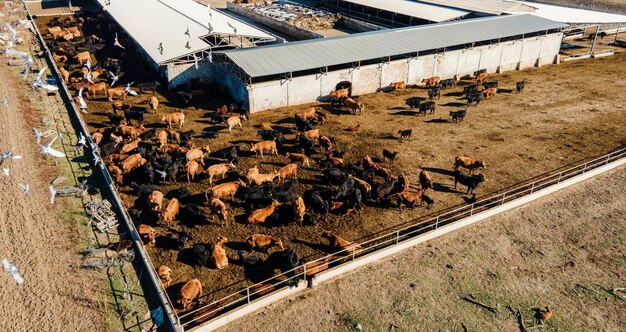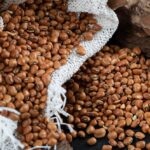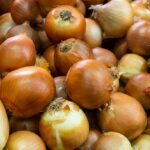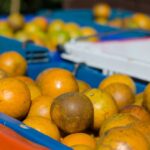For South African farmers, livestock is a critical source of income, nutrition, and economic growth. Proper housing is essential for ensuring the health, productivity, and welfare of animals, but many farmers make mistakes when designing or constructing livestock shelters. These errors can lead to poor animal health, reduced productivity, and financial losses. Below are 10 common mistakes in livestock housing design and tips to avoid them.
- Poor Ventilation
Inadequate ventilation leads to a buildup of ammonia, carbon dioxide, and moisture in livestock shelters. This creates an environment conducive to respiratory diseases and heat stress. Design housing with open sides, adjustable curtains, or ridge vents to allow fresh air circulation. Use fans or wind-powered ventilators for additional airflow. - Overcrowding
Overcrowding causes stress, aggression, and the rapid spread of diseases. Animals are unable to move freely, which affects growth and production. Follow recommended stocking densities for your livestock species. For example, in poultry, provide at least 1 square meter per 4 to 6 chickens, depending on breed and size. - Ignoring Climate-Specific Needs
Many farmers adopt housing designs from other regions without considering South Africa’s diverse climate zones. This results in structures that are either too hot in summer or too cold in winter. Choose materials and designs suited to your local climate. For instance, in hot areas, use reflective roofing and raised shelters, while in colder areas, opt for insulated walls. - Inadequate Drainage
Standing water in livestock shelters leads to damp conditions, increasing the risk of foot rot, mastitis, and parasite infestations. Ensure the flooring is slightly sloped to facilitate drainage. Install gutters to direct rainwater away from the shelter. - Using Unsuitable Flooring Materials
Slippery, rough, or improperly maintained flooring can cause injuries, foot problems, and infections. Use non-slip, durable materials such as concrete with grooves, rubber mats, or compacted earth. Regularly clean and maintain the flooring to prevent the build-up of waste. - Insufficient Space for Feed and Water Access
Limited feeding and watering points lead to competition, aggression, and malnutrition, especially in herds. Provide enough feeding and watering spaces for all animals. For cattle, allocate at least 70 cm of feeding space per animal. - Neglecting Biosecurity Measures
Failing to include biosecurity measures, such as disinfection zones or separate entry points for humans and animals, increases the risk of disease outbreaks. Design housing with designated areas for equipment, footbaths at entrances, and separate quarantine spaces for new or sick animals. - Insufficient Shade and Cooling
Livestock exposed to direct sunlight without proper shade suffer from heat stress, reduced milk production, and lower fertility rates. Incorporate adequate shade using shade cloth, trees, or overhangs. In warm areas, install misting systems or fans to cool the shelter. - Failure to Plan for Future Growth
Building structures that are too small or inflexible can be expensive to upgrade as herd sizes grow. Plan housing with scalability in mind. Use modular designs that can be expanded without major overhauls. - Neglecting Human Convenience
Poorly designed housing can make routine tasks like feeding, cleaning, and monitoring animals difficult and time-consuming for workers. Include walkways, easy access to feeding and watering areas, and proper lighting in the design. This improves worker efficiency and ensures the animals receive proper care.
Livestock housing design plays a critical role in animal health, productivity, and overall farm profitability. South African farmers should avoid common mistakes like poor ventilation, overcrowding, and inadequate drainage. By tailoring designs to specific livestock needs, investing in biosecurity measures, and planning for future expansion, you can ensure your housing systems support both animal welfare and economic success. Taking the time to evaluate your current housing setup and addressing these issues will lead to healthier animals, higher yields, and a more sustainable farming operation.







